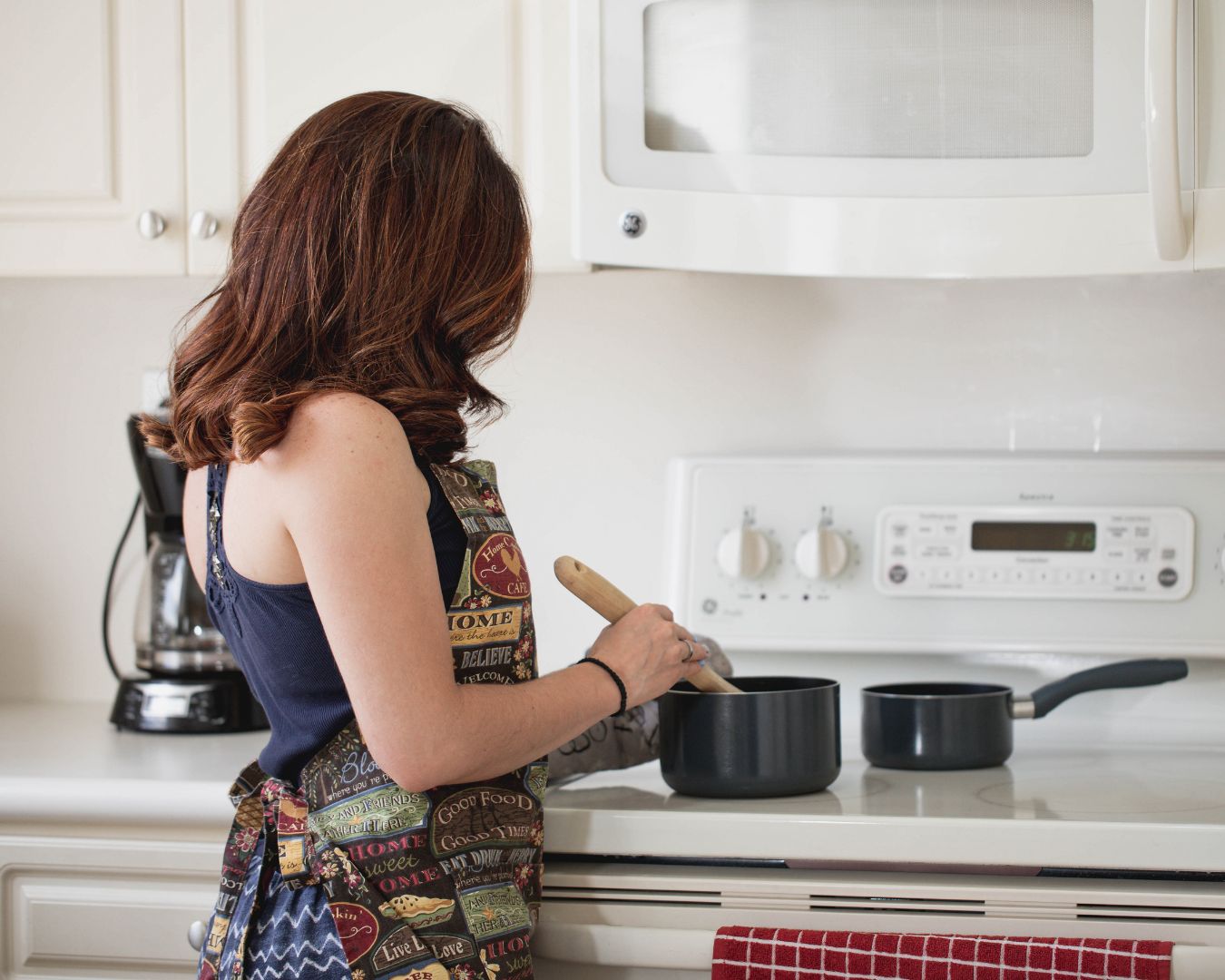Energy-Saving Tips for Range Cooking
Cooking at home is not only a fulfilling experience but also a great way to ensure you’re eating nutritious meals. However, kitchen appliances, particularly ranges, can consume a significant amount of energy. With rising energy costs and an increased focus on sustainability, it’s essential to explore ways to reduce energy usage without compromising the quality of your meals. In this blog post, we’ll share practical energy-saving tips for range cooking, helping you make the most of your kitchen while keeping your energy bills in check.
Use the Right-Sized Burner
- Why It Matters: Using the correct burner size for your pots and pans can make a significant difference in energy efficiency. A small pot on a large burner wastes energy, as heat escapes around the sides of the pot.
- Energy-Saving Tip: Match the size of the pot or pan to the size of the burner. If you’re cooking with a small pot, use a smaller burner to ensure that the heat is directly transferred to the base of the pot, minimizing energy loss.
Utilize Residual Heat
- Why It Matters: Cooking on an electric range generates residual heat that lingers after the burner is turned off. By using this heat effectively, you can save energy during the cooking process.
- Energy-Saving Tip: Turn off the burner a few minutes before the end of the cooking time. The residual heat will continue to cook your food without using additional electricity. This method works particularly well for dishes that require simmering or steaming.
Cook with Lids On
- Why It Matters: Cooking with lids on your pots and pans helps trap heat and moisture, allowing food to cook faster and more evenly. This reduces the amount of time your range needs to be on, conserving energy.
- Energy-Saving Tip: Whenever possible, cover your pots and pans with lids while cooking. This not only speeds up the cooking process but also allows you to lower the burner’s heat setting, further saving energy.

Preheat Only When Necessary
- Why It Matters: Preheating the oven is a common practice for many recipes, but it’s not always necessary, especially for dishes that cook for long periods or don’t require precise temperatures at the start.
- Energy-Saving Tip: Skip the preheating step for casseroles, roasts, and other slow-cooking dishes. For recipes that do require preheating, try to minimize the preheat time by preparing all ingredients beforehand so you can place the dish in the oven as soon as it reaches the desired temperature.
Use the Oven Light Instead of Opening the Door
- Why It Matters: Every time you open the oven door, the internal temperature can drop by as much as 25 degrees Fahrenheit. The oven then has to work harder to bring the temperature back up, consuming more energy.
- Energy-Saving Tip: Resist the urge to open the oven door frequently. Instead, use the oven light to check on your food’s progress. If you must open the door, try to do so quickly to minimize heat loss.
Batch Cooking and Multitasking
- Why It Matters: Cooking multiple dishes at once can maximize the efficiency of your oven, allowing you to make the most of the energy being used. Batch cooking also saves time and effort in the long run.
- Energy-Saving Tip: Plan your meals so you can cook multiple items in the oven simultaneously. For example, if you’re roasting vegetables, consider baking a dessert or casserole at the same time. Make sure to place dishes that require similar temperatures together for optimal energy use.

Use Convection Mode
- Why It Matters: Convection ovens use a fan to circulate hot air around the food, leading to faster and more even cooking. This can reduce the cooking time and the energy required.
- Energy-Saving Tip: If your oven has a convection setting, use it whenever possible. You can typically lower the cooking temperature by 25 degrees Fahrenheit and reduce the cooking time by about 20%, which saves energy.
Maintain Your Range and Oven
- Why It Matters: Regular maintenance of your range and oven ensures they operate efficiently. Dirty burners, clogged vents, or malfunctioning thermostats can all lead to increased energy consumption.
- Energy-Saving Tip: Keep your range and oven clean and in good working condition. Regularly check for and address any issues, such as misaligned burners or faulty seals, which could cause your appliance to use more energy than necessary.
Invest in Energy-Efficient Cookware
- Why It Matters: The type of cookware you use can affect how efficiently heat is transferred during cooking. Materials like copper and stainless steel conduct heat better, reducing cooking times and energy use.
- Energy-Saving Tip: Consider upgrading to energy-efficient cookware. Choose pots and pans with flat bottoms that make full contact with the burner, ensuring even heat distribution. Additionally, heavy-duty materials like cast iron retain heat well, allowing you to cook at lower temperatures.
Embrace Small Appliances
- Why It Matters: Small kitchen appliances like toaster ovens, air fryers, and slow cookers can often perform the same tasks as a full-sized oven but with less energy.
- Energy-Saving Tip: For small meals or side dishes, consider using a smaller appliance instead of your range or oven. These appliances typically heat up faster and use less energy, making them a more efficient choice for cooking smaller portions.
Cooking at home is an excellent way to ensure healthy and delicious meals, but it doesn’t have to come at the cost of high energy bills. By implementing these energy-saving tips for range cooking, you can reduce your kitchen’s energy consumption, save money, and contribute to a more sustainable lifestyle. Whether it’s using the right-sized burner, taking advantage of residual heat, or investing in energy-efficient cookware, these simple changes can make a big difference. Happy cooking!

